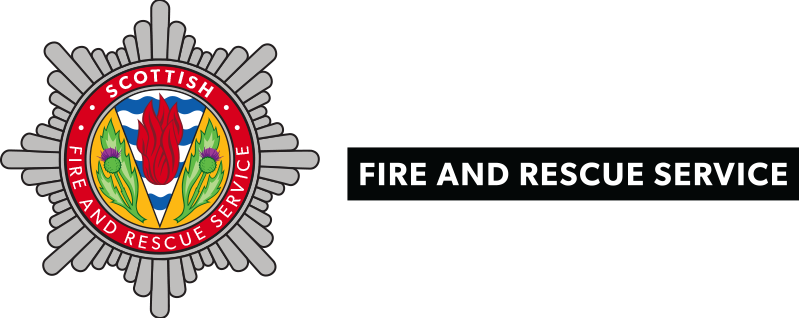We asked
We asked for views on our draft Strategic Plan 2022-25. We asked people what they thought about our set of seven proposed priorities, and invited them to share any general views they had about the draft Strategic Plan as a whole.
You said
You Said
The public consultation exercise generated a total of 132 survey responses through the online survey. The majority of respondents either Strongly Agreed, or Agreed with all of the Outcomes in the draft Strategic Plan. The figures were 51.1% and 34.4% respectively, giving a total of 85.5% of all respondents supporting the draft Strategic Plan.
Respondents were given the opportunity to provide further feedback on each of our Outcomes. They were also asked if they wished to make any general comments, allowing them to give more expansive answers on issues they felt were of importance, and which were perhaps not covered sufficiently in the seven Outcomes.
These free text responses were examined and the most common themes identified. This was done through careful textual analysis and by applying a simple coding frame. The following key themes were raised:
- Respondents are supportive of the need for partnership working, with many taking the opportunity to recognise the benefits of existing partnerships.
- The ongoing development of the role of the Scottish Fire and Rescue Service is supported, with respondents highlighting additional opportunities to work with partners to contribute to wider health and wellbeing outcomes.
- Our commitment to climate change was supported by respondents at both a high-level strategic context and from a partnership perspective when discussing responding to incidents caused by climate change.
- Although supportive of our ambitions, respondents highlighted the need to provide appropriate / fit-for-purpose technology and equipment; and adequate training and support for frontline staff.
- Respondents were supportive of our desire to share data / information with partners stakeholders.
- In the context of current spending pressures, there is widespread recognition that resources are becoming increasingly stretched, and a recognition of the challenges this will bring.
We did
The free-text comments included in the report, both positive and constructive in nature, were considered closely.
In most circumstances, suggested changes to be made to the Plan, because of comments from respondents, were minor text changes to strengthen or clarify a point that has already been made within the draft Strategic Plan 2022-25. Examples of this include:
- Further explanation on the meaning of ‘harm’
- More reference to the need to ensure staff are trained
- Strengthening our commitment adopting a place-based model
- A clearer statement that staff at all levels will be encouraged and supported to suggest and develop innovative ways of working
- More emphasis that community and firefighter safety is paramount
- Acknowledgement of the importance of good mental health
- The need to mention staff empowerment
Each of the above suggestions were included in the final version of the Strategic Plan 2022-25 that was published in October 2022.
We asked
We asked for views on the content of our statistical publications and on proposed changes to the methodology of counting fire stations and the SFRS workforce. We were looking for guidance to help us produce statistics more closely tailored to the needs of our users.
You said
We received seven online responses to this public consultation. Three respondents described their use of our statistics as for work purposes only, while three described their use as both work and personal, and one described their use as personal interest only. Respondents included SFRS staff, staff at other UK Fire and Rescue Services as well as from outside of the Fire and Rescue sector.
Our proposals to amend the counting methodology for fire stations and workforce, to include Gordonstoun Fire Station and the associated crew, received favourable responses with five respondents approving of the changes and none opposing.
Respondents were interested in the range of topics that we publish; the most popular topic in our published statistics was ‘Fire Stations’ with six respondents interested, followed by ‘Fire and Rescue Vehicles’ and ‘Dwelling Fires’ with five responses each. None of our topics received fewer than two responses.
In the free text comments respondents requested additional publishing across three areas:
- statistics relating to SFRS Operations Control departments
- statistics on fires in student accommodation, purpose-built flats and houses in multiple occupation (HMO) properties
- statistics on the SFRS organisation and management structures in greater detail than is currently published as well as more detailed descriptions of the associated responsibilities
We did
In our next publication of the ‘Fire Safety and Organisational Statistics’ we will include Gordonstoun Fire Station and staff in counting both fire stations and the workforce. We will backdate this change as far as possible.
SFRS recently procured new control system software and plans to implement this in the three SFRS Operations Control departments in Scotland. This software includes reporting features which will allow the development of new statistical tables on topics related to emergency incident communications and control in due course.
In our last publication of ‘Fire Safety and Organisational Statistics’ we introduced a new table on staff headcount in departments. We will work further on these experimental statistics with a view to providing more detail about the workforce of SFRS and the responsibilities of the organisational structures that they work in. In tandem we will investigate publishing more detail on the organisational structures and hierarchy of the SFRS.
In our next ‘Fire and Rescue Incident Statistics’ publication we will produce new tables for both fires and casualties occurring in purpose built multi-storey flats (including high-rise), houses in multiple occupation, and other multiple occupancy property types.
